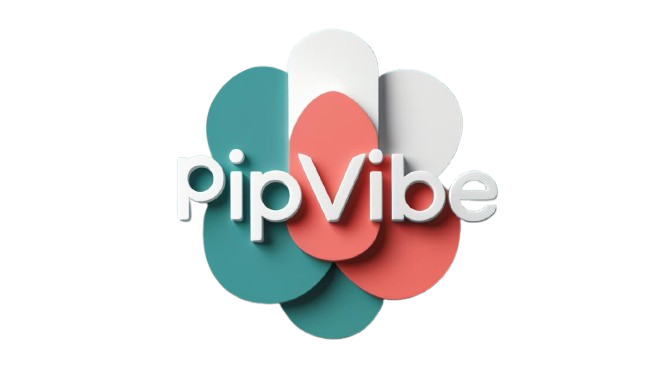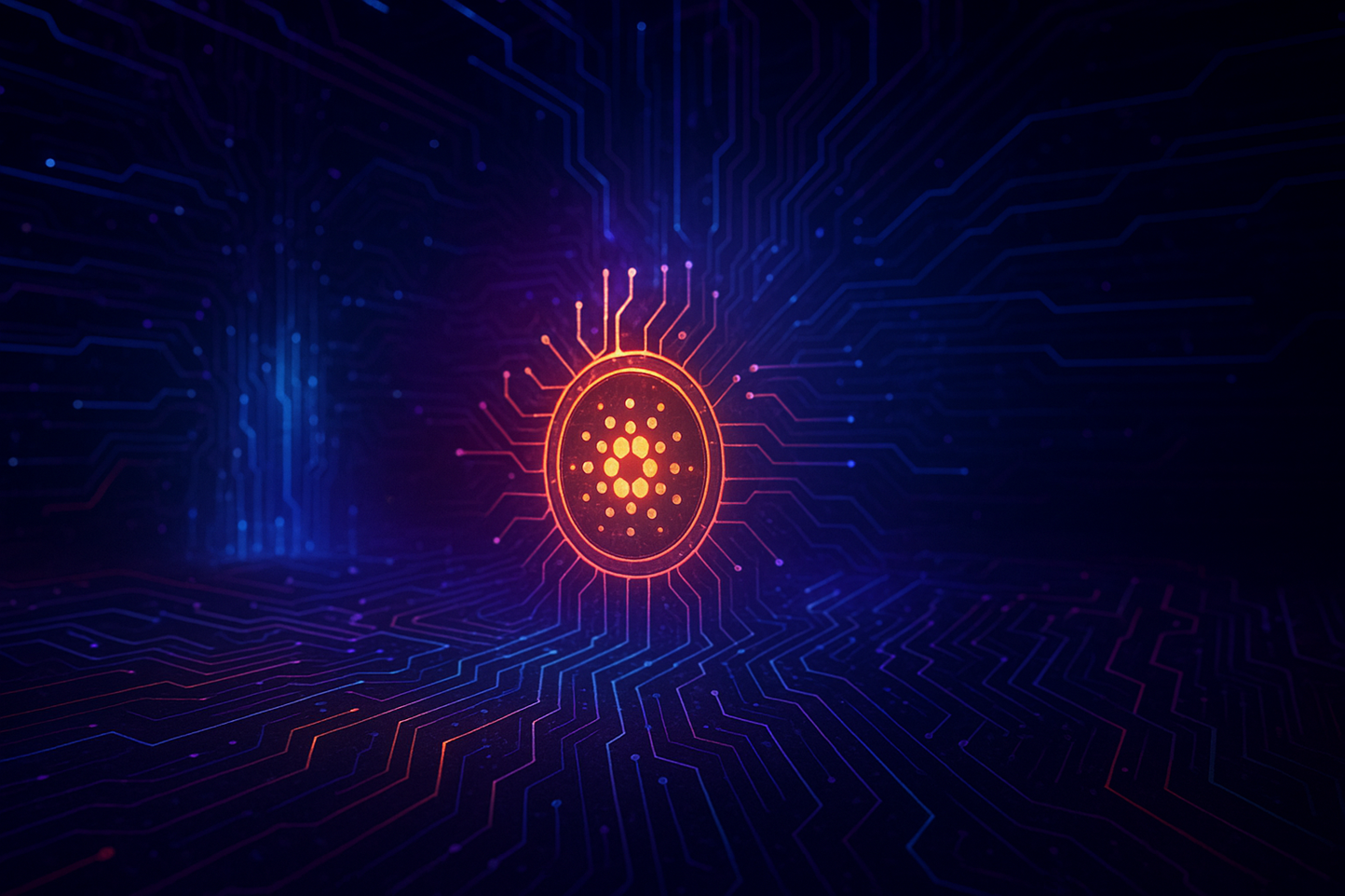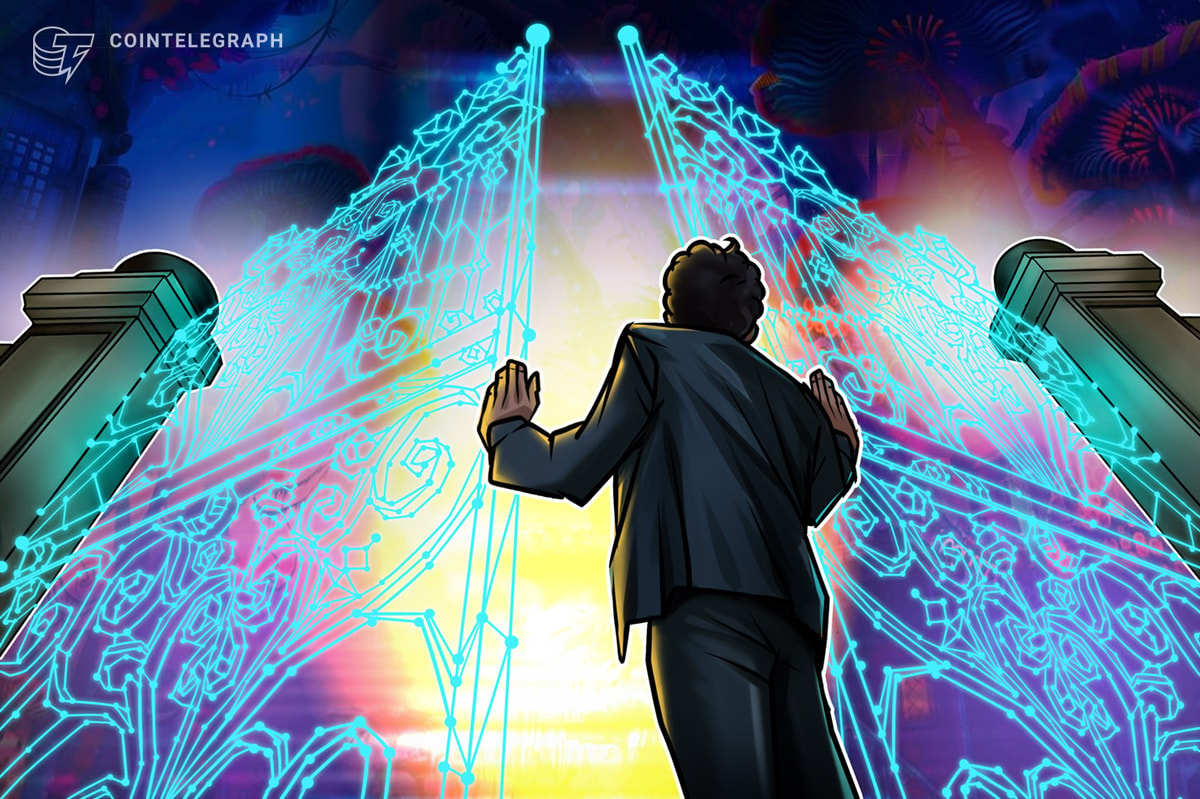
Cardano founder Charles Hoskinson used a weekend update from “here at the clinic” in Wyoming to move the discussion around quantum computing from speculation to planning. “Finally, finally, finally, we have an objective source of truth,” he said, calling DARPA’s Quantitative Benchmarking Initiative (QBI) a turning point, adding that “as of November 6, 2025, DARPA has selected 11 companies to enter Phase II.” […] Which aims to rigorously verify and verify whether any quantum computing approach can achieve utility-scale operation […] By 2033.”
DARPA offers 11 quantum teams
He stressed that QBI is designed to separate “fact from fiction regarding quantum computers,” and conveyed the stark divide among experts in the program manager: “Half of them are convinced that quantum computing will be the best thing since sliced bread.” […] The other half is convinced that even if you could build a quantum computer, which you certainly won't be able to do, it would be no more useful than your laptop.
The goal of QBI, the director said in the clip played by Hoskinson, is to answer two questions: “If I had a really powerful quantum computer, what could I do with it?” And “Is there a […] A group that has a track to build this type of machine in the near term […] In the next ten years?
The founder of Cardano has reviewed the QBI staging process. “During Phase A, which takes six months […] You are the creator of the quantum computer […] You spend six months answering every question they can ask you […] And at the end of it all, they say, “Actually, there are some advantages.” Phase B is a “rigorous one-year plan” where “you open the kimono and they take a look at your quantum computing design,” he said.
Phase C is a hardware trial: “working with the government to verify and validate that the utility-scale quantum computer concept can be built as designed and operated as intended,” meaning “they will actually be watching you operate it” on “objective issues.”
He named 11 companies, in his count, that survived Phase A and entered Phase B – “Atom Computing in Boulder, Colorado.” […] IBM, IONQ, Nord Quantic, Photonic, Quantinum […] “Quantum Motion, QA Computing, Silicon Quantum Computing, and Xanadu” – “There is no canonical approach to quantum computing,” they stressed. He touched on the five families he tracks, each with variations: the “neutral atom approach” that uses “highly focused lasers known as optical tweezers,” the “silicon-based approach” that resembles specialized chips, the “superconductivity approach,” the “trapped ion approach,” and the “light-based approach” where “quantum information is encoded in properties.” [of] Photons.”
Regarding cryptocurrencies, he explained his position: “I believe that quantum computers will exist in the 2030s and will be able to run the Grover and Shor algorithm,” which means that “the majority of mainstream cryptocurrencies will be vulnerable if they do not implement countermeasures by then.” Cardano's founder warned of the “archiving” problem – “Encrypted emails and archived encrypted payloads can now be decrypted even if they are later re-encrypted using a post-quantum system because they contain a copy of the classical encrypted payload.”
His checklist of countermeasures begins with the US standards trail: “We have some government standards that NIST has come up with called FIPS 203, 204, 205 and 206.” He described it as “a set of tools either network-based, hash-based or other for doing cryptography [and] Signatures.”
Cardano is preparing for the quantum era
Regarding Cardano's privacy and ZK layer, Midnight, he announced a deeper pivot: “We will be announcing a software project to change the core of Midnight, PlonK, and Halo 2 to a new standard called Nightstream that is based on network-based cryptography,” calling it a “major breakthrough” created jointly with a lot of big companies through a project at the Linux Foundation.
Meanwhile, he said, “Next year, when Midnight launches, it will run with PlonK and Halo 2,” but the design was “already pre-designed to have a replacement variant.” […] [so] Its basement will be post-quantum, with the goal being that Midnight will be immune to quantum computers well before the 2033 deadline.
He pitched the braces as a lever for defense and performance. “It turns out that networking in particular has capabilities beyond what Ethereum does in the hash-based space,” he said, claiming that it connects “to what’s happening in the AI space using tensors,” so “you can use GPUs to speed up proof writing. […] And check [a] proof,” without “custom chips like Ethereum suggests.” As he puts it, “just use the AI chips in your phone, your laptop, your desktop, your server, and you can get linear scaling.”
Midnight's roadmap extends beyond internal promotions. He positions it as “a collapsible and recursive engine unlike any other in the entire field of private computing,” asserting that “Midnight can create some of the best and lightest proofs of state for every system it's connected to. Cardano, Bitcoin, Ethereum, Solana, etc.” The strategic goal is to sign “those payloads with post-quantum signatures,” creating a “post-quantum checkpoint for Bitcoin and other systems,” so “even if [a] A quantum computer attempts to change the state of things […] You will have a rollback mechanism.
He also pointed out areas still on the checklist: “There are many other things you have to do. You have to look at post-quantum VRFs, post-quantum VDFs, you have to look at post-quantum random number generation, and a series of other interests.” “The most important step,” in his opinion, is “to lock truth, to lock history in a state that quantum computers cannot break.”
The outcome for Cardano is to act now: “adapt or collapse,” he said.
At press time, Cardano (ADA) was trading at $0.5869.

Featured image created with DALL.E, a chart from TradingView.com

Editing process Bitcoinist focuses on providing well-researched, accurate, and unbiased content. We adhere to strict sourcing standards, and every page is carefully reviewed by our team of senior technology experts and experienced editors. This process ensures the integrity, relevance, and value of our content to our readers.



